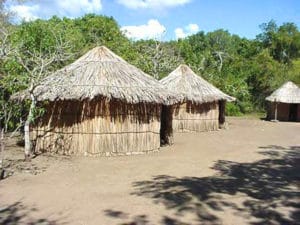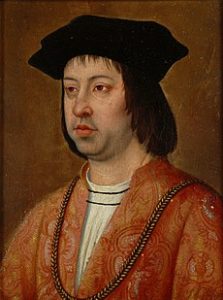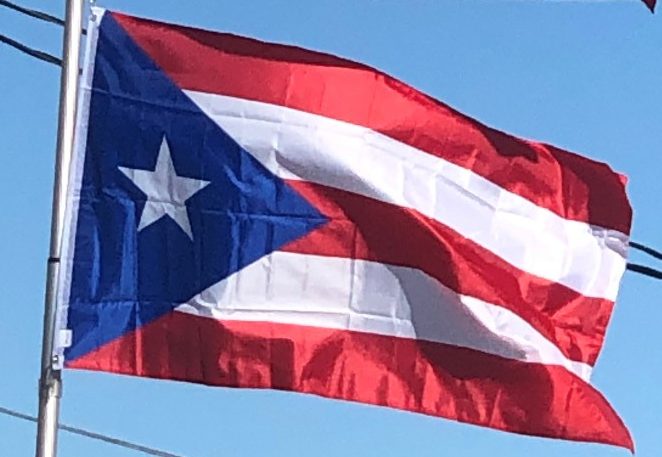The first known settlers were the Ortoiroid people, an Archaic Period culture of Amerindian hunters and fishermen who migrated from the South American mainland. Some scholars suggest their settlement dates back about 4,000 years. An archeological dig in 1990 on the island of Vieques found the remains of a man, designated as the “Puerto Ferro Man“, which was dated to around 2000 BC. The Ortoiroid were displaced by the Saladoid, a culture from the same region that arrived on the island between 430 and 250 BC.
The Igneri tribe migrated to Puerto Rico between 120 and 400 AD from the region of the Orinoco river in northern South America. The Arcaico and Igneri co-existed on the island between the 4th and 10th centuries.

Between the 7th and 11th centuries, the Taíno culture developed on the island. By approximately 1000 AD, it had become dominant. At the time of Columbus’ arrival, an estimated 30,000 to 60,000 Taíno Amerindians, led by the cacique (chief) Agüeybaná, inhabited the island. The natives lived in small villages, each led by a cacique. They subsisted by hunting and fishing, done generally by men, as well as by the women’s gathering and processing of indigenous cassava root and fruit. This lasted until Columbus arrived in 1493.
Spanish Colony (1493–1898):
Conquest and Early Settlement:
When Columbus arrived in Puerto Rico during his second voyage on November 19, 1493, the island was inhabited by the Taíno. Having reported the findings of his first travel, Columbus brought with him this time a letter from King Ferdinand empowered by a papal bull that authorized any course of action necessary for the expansion of the Spanish Empire and the Christian faith. Juan Ponce de León, a lieutenant under Columbus, founded the first Spanish settlement, Caparra, on August 8, 1508. He later served as the first governor of the island. Eventually, traders and other maritime visitors came to refer to the entire island as Puerto Rico, and San Juan became the name of the main trading/shipping port.

At the beginning of the 16th century, the Spanish people began to colonize the island. Despite the Laws of Burgos of 1512 and other decrees for the protection of the indigenous population, some Taíno Indians were forced into an encomienda system of forced labor in the early years of colonization. The population suffered extremely high fatalities from epidemics of European infectious diseases.
Colonization:
In 1520, King Charles I of Spain issued a royal decree collectively emancipating the remaining Taíno population. By that time, the Taíno people were few in number. Enslaved Africans had already begun to be imported to compensate for the native labor loss, but their numbers were proportionate to the diminished commercial interest Spain soon began to demonstrate for the island colony. Other nearby islands, like Cuba, Saint-Domingue, and Guadeloupe, attracted more of the slave trade than Puerto Rico, probably because of greater agricultural interests in those islands, on which colonists had developed large sugar plantations and had the capital to invest in the Atlantic slave trade.
